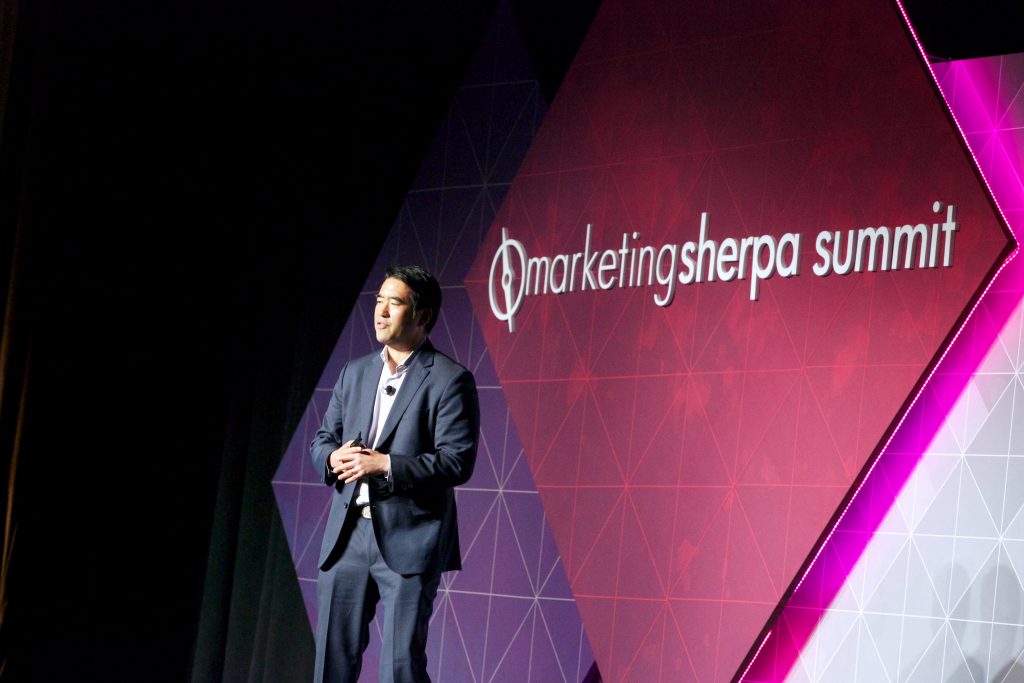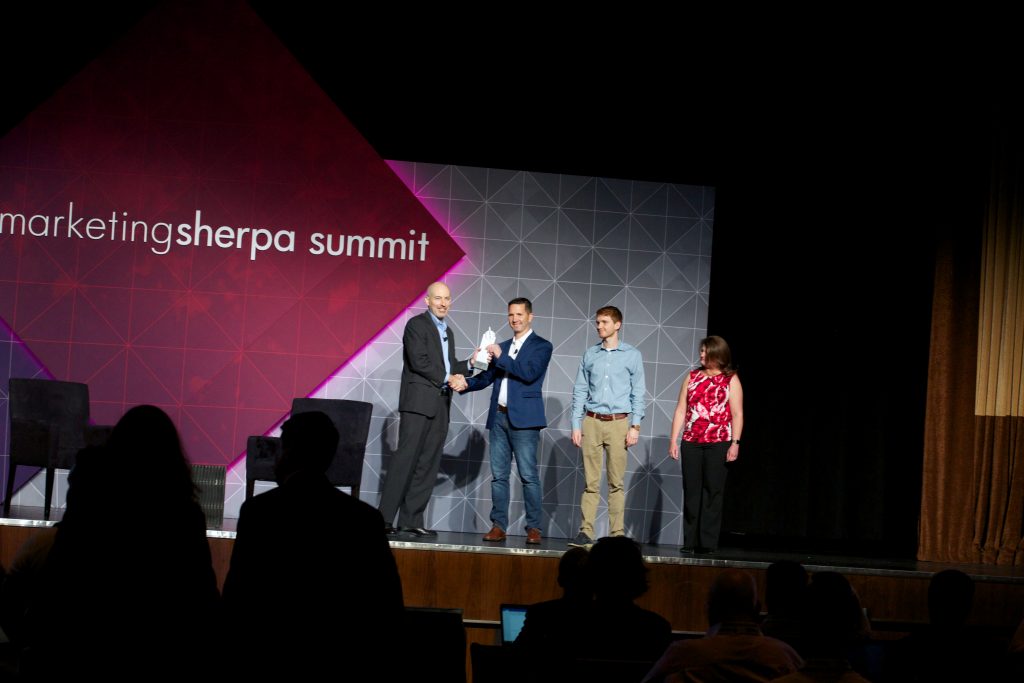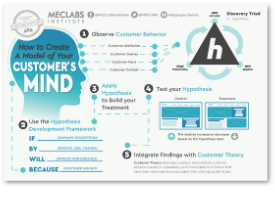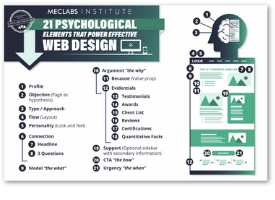The Radical Idea: Customer-first marketing prioritizes customer experience over upsells
I stopped by Barnes & Noble on Sunday, early enough that our open-air mall — St. Johns Town Center — was nice and quiet.
It was a more pleasant experience than simply buying on Amazon.com. Got Starbucks for my daughter and hung out with her in the café. Purchased a Harry Potter book for her. Bought myself those chunky Sunday editions of The Florida Times-Union and The New York Times.
It was a more pleasant experience than Amazon.com…until I got to the cashier. Because that’s when I got hit by the dreaded upsell.
In this latest edition of The Radical Idea on the MarketingSherpa Blog, here’s my op-ed about ideas for revisiting your checkout process as well as adding humanity to customer touchpoints, using my recent experience at Barnes & Noble as an example.
First: The argument for the verbal upsell
Anytime I see something in the world that I think needs a radical change, I always try to put myself in the shoes of the other party involved. It’s all too easy for an outsider to look at something and point out faults, falsely assuming the other party is simply being foolish.
However, people and corporations tend to be rational actors, doing what they perceive to be in their best interests based on the incentives placed before them. Even the people behind Nigerian email scams are rational actors. I’m not defending the practice at all. I’m just saying, the best way to institute change is to understand where the other party is coming from — not merely assume they are foolish and wrong. And then identify a possible knowledge gap they may not realize.
So, before I disagree with the way Barnes & Noble handles upsells in store, let me acknowledge why they might have instituted this practice. When I tweeted to the brand that this wasn’t the best customer experience, the response they tweeted back stated, “We ask booksellers to mention the benefits of Membership, in a professional manner. We appreciate your feedback.”















